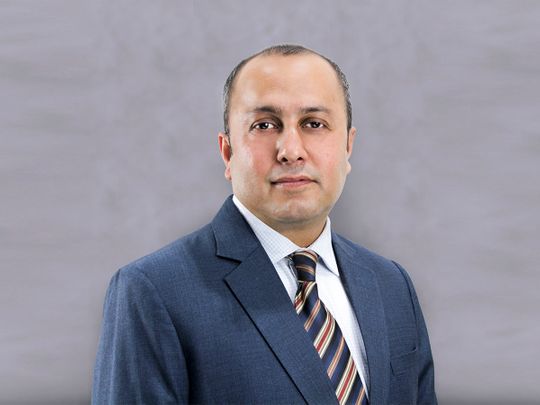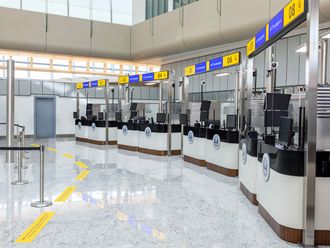
Land Sterling is a leading real estate and property consultancy based in Dubai, Abu Dhabi, Riyadh, Leeds and London. Backed by analytical and research-based reports, Land Sterling offers a full range of property consultancy services to help clients make informed property decisions, reduce risks, and improve overall success.
With over 100 years of cumulative experience, Land Sterling’s team of experts provides insightful opinions that cut across various regions, including the Middle East, North Africa and Europe. Land Sterling is a one-stop shop for all property owners, investors, and developers, from valuation to property consultancy.
Decoding Service Charges
For years now, the service charge has been created to cover costs of management operation, maintenance, and repairs of jointly owned properties. The concept was built around a cash flow loop where the unit owner funds the upkeep of the property, which ensures long term preservation of the asset. Leveraging for this purpose, the service charge helps alleviate any concern from investors and boosts confidence that allows for the sustained development of the real estate economy.
However, the practice of placing service charges on properties have been behaving differently in practice over the last few years.
Identifying Pain Points in the Cash Flow Model
The cash flow model is not working as efficiently as it was in theory. Unit owners are defaulting on their service charge payments, which in turn delays essential repairs and maintenance. To keep up, remedies are put into place but are mostly done when damage has already been done. As a result, service will get negatively affected, unit owners will get dissatisfied, service providers will get unhappy, and the cycle will continue until the system falls into a degenerative loop.
Although the system has been designed to create value, each participant in the cycle has different views on what constitutes a value-adding service. In a loop with varying biases and opinions, to whom should the accountability of value should fall?
To err is human because we have different concerns and perspectives. For example, a unit owner and occupier have shifting priorities and economic uncertainties such as job loss that could be the reasons as to why they default in paying the service charges. On the other hand, for developers, unsold inventories and remarkable recovery of capital investment might be the reasons why they defer service charge payments.
Many factors drive high levels of service charge:
· Facility management delivery is resource-intensive as the current models are based on theories and hypothesis
· Decision-making has a high margin of errors from human judgement
· Inadequate availability of high-quality data to drive precision in decision making
These factors lead to over specified services, inefficiency and production of significant waste of resources.
How to Improve Process and Perception over Service Charges
To optimize operations without compromise, some of the best ways for building management teams to make decisions is through computer aided facility management (CAFM) systems or other digital systems for facilities management. However, it is also essential to emphasize to stakeholders that delaying the decision to migrate to smart models will only make the process more tedious and expensive.
Service providers should be using a predictive model rather than a preventative model. And to create a predictive model, service providers should be looking into automating and digitizing their processes. Especially for new buildings, design specifications should focus on optimizing operating cost and asset life cycle enhancement, especially for new buildings.
Redefining Service Charges
On the policy level, the Real Estate Regulatory Authority (RERA) and Mollak System in Dubai have undoubtedly helped bring about transparency around service charges. However, despite these policy innovations, the challenge remains as unit owners tend to view service charges as expensive expenses.
Over the last decade, the soft and hard services have been optimized several times with the sole aim to reduce service charge costs. And yet, it has failed to eliminate or reduce the unit owner’s perception, who still believes that the cost levels are high.
The solution is in redefining service charge cost as a creator value, making services more desirable for the unit occupier and owners rather than a burden. Therefore, the optimization must be a process to continually create value by enhancing all aspects of building operations such that the service provider and the unit owner get locked in a symbiotic relationship.












